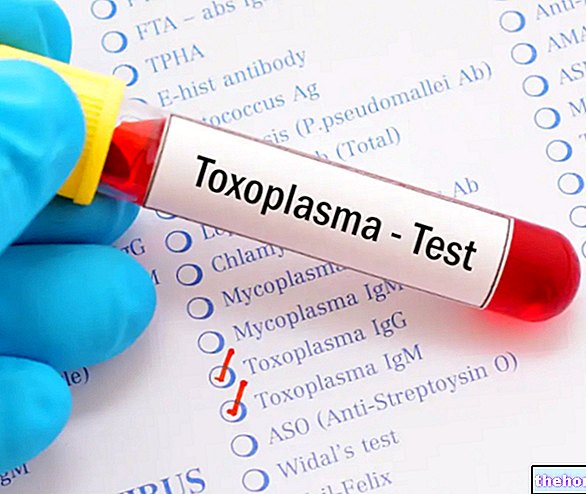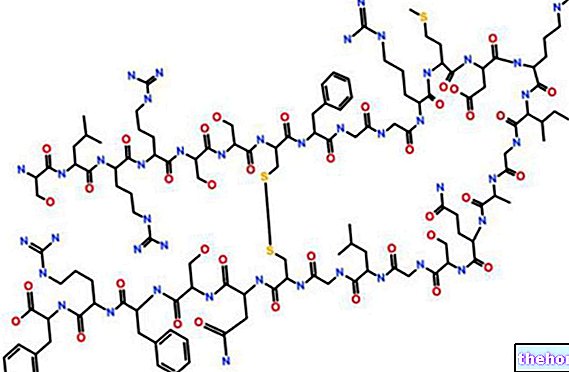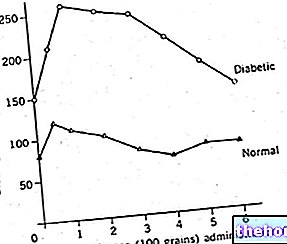Transaminases are found in every district of our organism; for this reason they are defined as ubiquitous enzymes. However, they are particularly abundant in the liver and striated skeletal muscle (the one that contracts according to our will).
More precisely, transaminases catalyze transfer reactions of an amino group (-NH2) from a donor amino acid (usually glutamate) to an acceptor α-keto acid. They also contain a vitamin coenzyme, pyridoxal phosphate (Vit. B6) (PLP), which during the reaction receives the amino group from the glutamate and becomes pyridoxamine phosphate (PMP).
When liver cells (hepatocytes) or muscle cells (myocytes) are damaged and break down, transaminases escape and flow into the blood, increasing their concentration.
In detail, the transaminases are:

- glutamic-oxaloacetic (GOT or AST, aspartate-aminotransferase, present in muscles and myocardium);
- glutamic-pyruvic (GPT or ALT, alanine-aminotransferase, present in liver cells);
however, there are also other enzymes analogous to transaminases and they are all indications of severe hepatocellular necrosis, as well as of other organs. These are:
- lactic dehydrogenase (LDH);
- gamma-glutamyl-transpeptidase (Gamma-Gt);
- alkaline phosphatase (FA);
- l "ornithyl-carbamyl-transferase (OCT);
- the "aldolase.
Thanks to transaminases, doctors have at their disposal a group of specific tests to evaluate the functional and, even within certain limits, anatomical status of the hepatocytes. These tests express the state of permeability of cell membranes: if there is a suffering of hepatocytes, the membrane of these cells is no longer able to perform normal barrier functions, therefore it is more permeable than normal. Of course, this abnormal permeability is especially relevant in the presence of necrosis (death) of the hepatocytes, when these cells pour out all their contents.
These tests are very sensitive and also highlight small functional alterations of the hepatocytes in which there is a state of suffering of the cell membrane; if they are highly altered, they indicate the existence of a necrotic process.
amino acids and glucose synthesis (neoglucogenesis).
It is a rather large group of molecules, but the type of reaction in which they are involved is always the same: the transfer of the amino portion (the one containing nitrogen) from an amino acid to an acid molecule (called alpha-keto acid) to transform it into another amino acid.
Clinically, the two most important transaminases are aspartate transaminase (AST or GOT) and alanine transaminase (ALT or GPT).




























